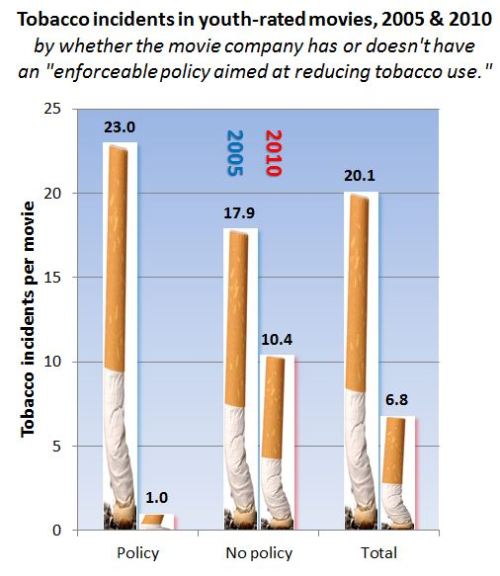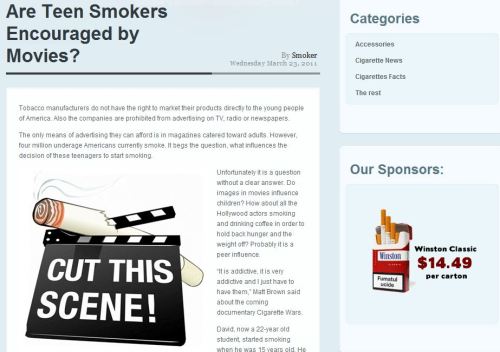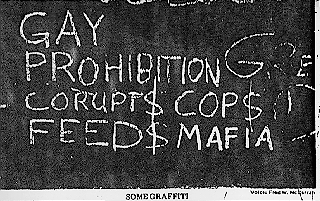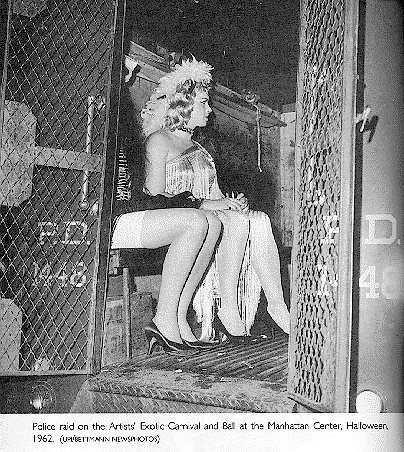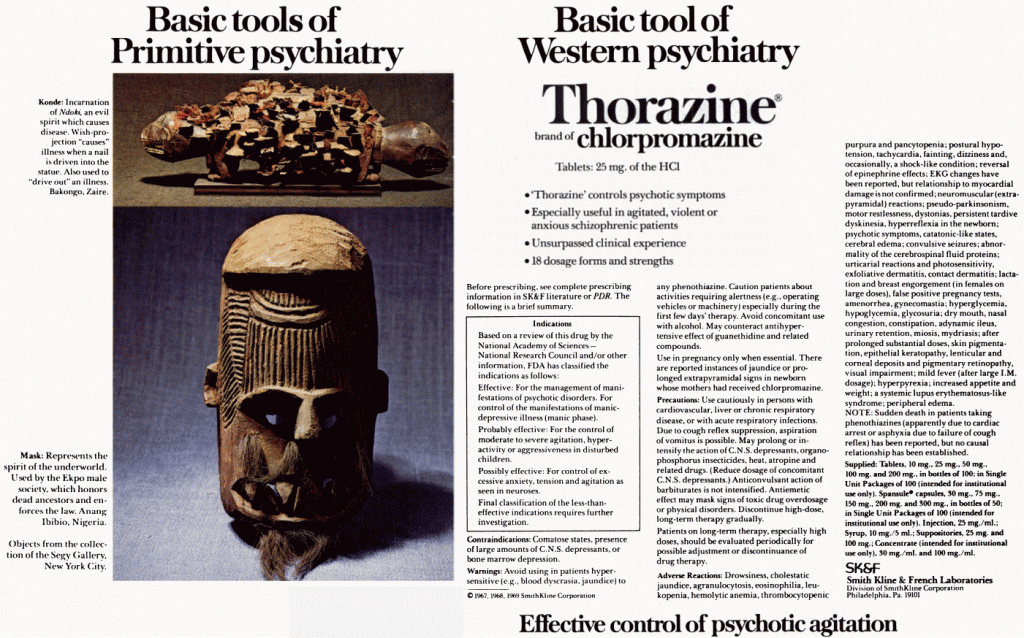
In The Lucifer Effect: Understanding How Good People Turn Evil, Philip Zimbardo tries to explain how seemingly ordinary, average people can become involved in, or passively fail to oppose, evil acts. Zimbardo is the researcher who designed the (in)famous 1971 Stanford prison experiment, in which students were randomly assigned as “prisoners” or “guards” for an experiment on how prison affects human behavior. The experiment, meant to last two weeks, had to be called off after 6 days because of the extreme negative effects on, and brutality emerging among, the participants. Zimbardo’s study, as well as others such as Milgram’s obedience experiment, highlighted the role of conformity to social norms and obedience to apparent authority figures in leading people to engage in actions that would seem to be so ethically unacceptable that any decent person would refuse.
Dolores R. sent in a Candid Camera clip from 1962 that illustrates the power of conformity:
As Zimbardo says on his website,
We laugh that these people are manipulated like puppets on invisible strings, but this scenario makes us aware of the number of situations in which we mindlessly follow the dictates of group norms and situational forces.
From Open Culture, via Boing Boing.

